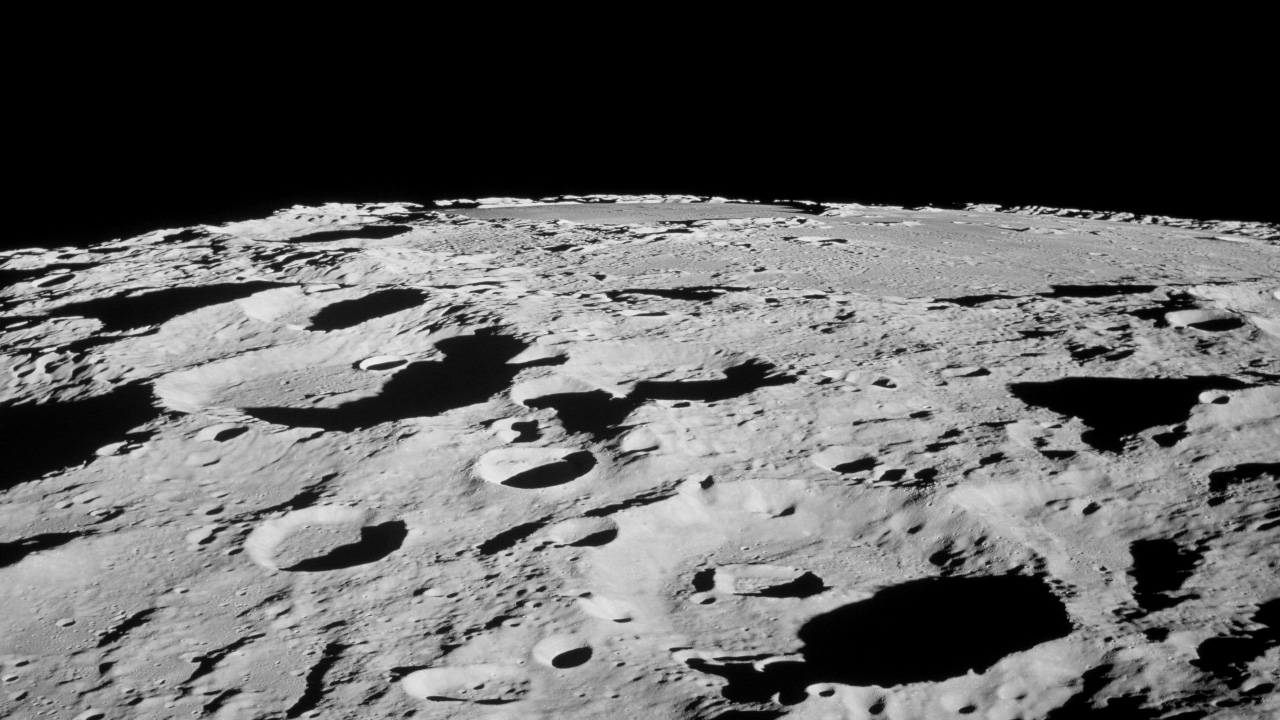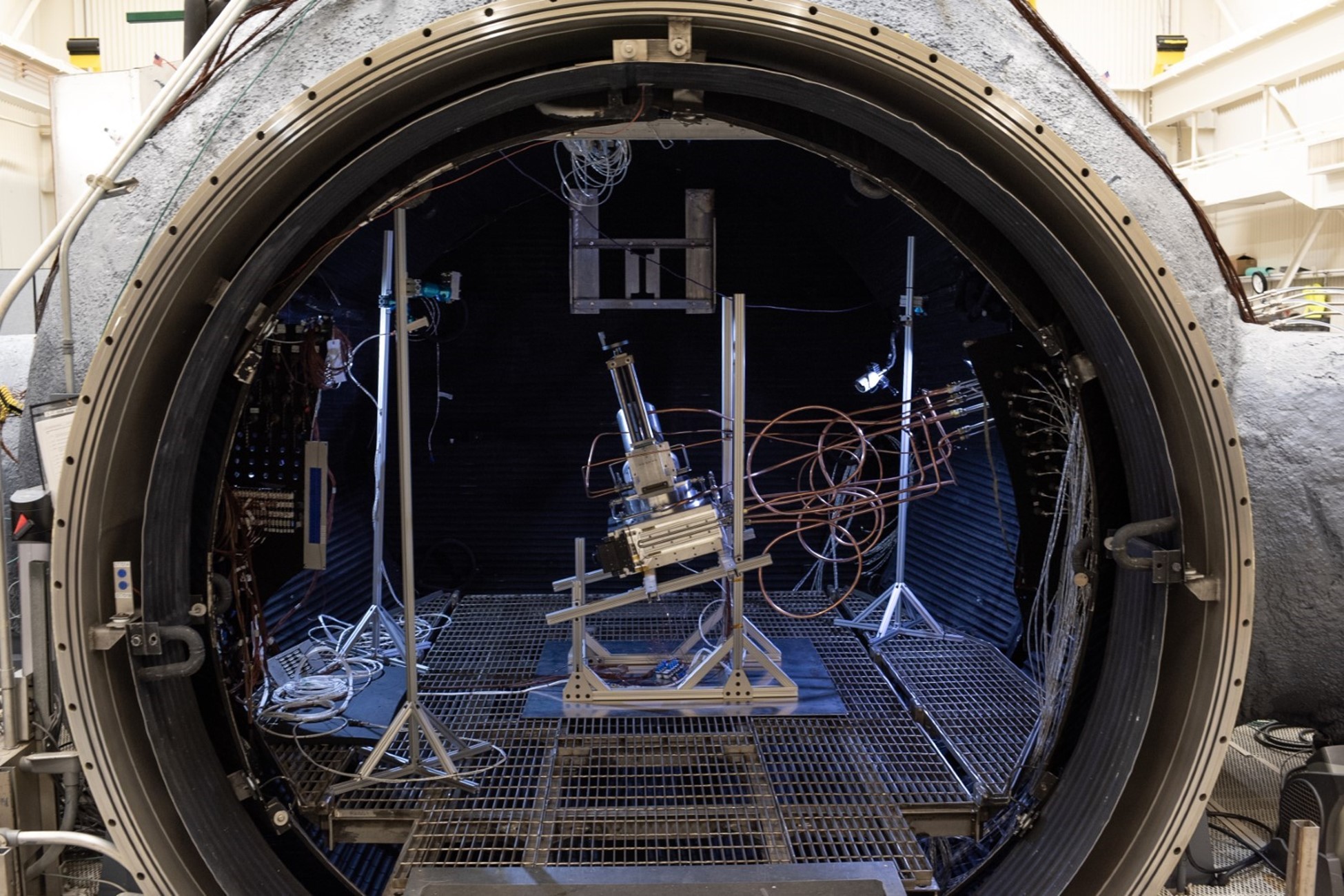
A recent test from researchers at NASA's Johnson Space Center (JSC) has successfully produced oxygen using simulated lunar soil in a vacuum.
The test involved melting down moon dust in a special reactor that can reach very high temperatures. When the simulated moon soil was heated, the team detected carbon monoxide being released from it, from which oxygen can then be separated.
The capability to produce oxygen directly on the moon would be crucial to support the space agency's plans for a long-term lunar outpost as part of the Artemis program. As part of these moon plans, NASA aims to harvest and use on-location resources, called in-situ resource utilization (ISRU), to sustain missions indefinitely on the moon's surface.
JSC senior engineer Aaron Paz praised the success in a recent NASA statement. "This technology has the potential to produce several times its own weight in oxygen per year on the lunar surface, which will enable a sustained human presence and lunar economy," Paz said.
Related: What is the Moon Made Of?
The test was conducted by NASA's Carbothermal Reduction Demonstration (CaRD) team, using JSC's Dirty Thermal Vacuum Chamber to simulate lunar conditions — "dirty" because moon dust gets everywhere. Within the 15-foot-wide (4.6-meter) spherical vacuum chamber, a high-powered laser was used to simulate concentrated sunlight to melt the simulated regolith, or powdery moon dust, in a process known as carbothermal reduction.
This has been done before, but not in a vacuum. Thanks to a new carbothermal reactor developed for NASA by Sierra Space, researchers were able to maintain a constant pressure within the reactor to prevent gases from escaping, while simultaneously allowing spent regolith material to pass in and out of the reaction area during the vacuum chamber test. Using the Mass Spectrometer Observing Lunar Operations (MSolo) during the melting process, the CaRD team was able to detect carbon monoxide emitted from the laser-blasted regolith.

"Our team proved the CaRD reactor would survive the lunar surface and successfully extract oxygen," said Anastasia Ford, NASA engineer and CaRD test director at JSC. The successful test certifies the technology at a level six on NASA's technical readiness standards scale, which means the technology is ready for an actual in space and is on track for use during NASA's Artemis missions.
Artemis 3 will send the first astronauts in over 50 years to the surface of the moon, and for missions beyond that, the space agency is planning to use long-term lunar habitation as a stepping stone to sending humans to Mars. The successful extraction of oxygen from lunar regolith has many applications, including the production of breathable oxygen and even rocket fuel.
Follow us @Spacedotcom, or on Facebook and Instagram.







